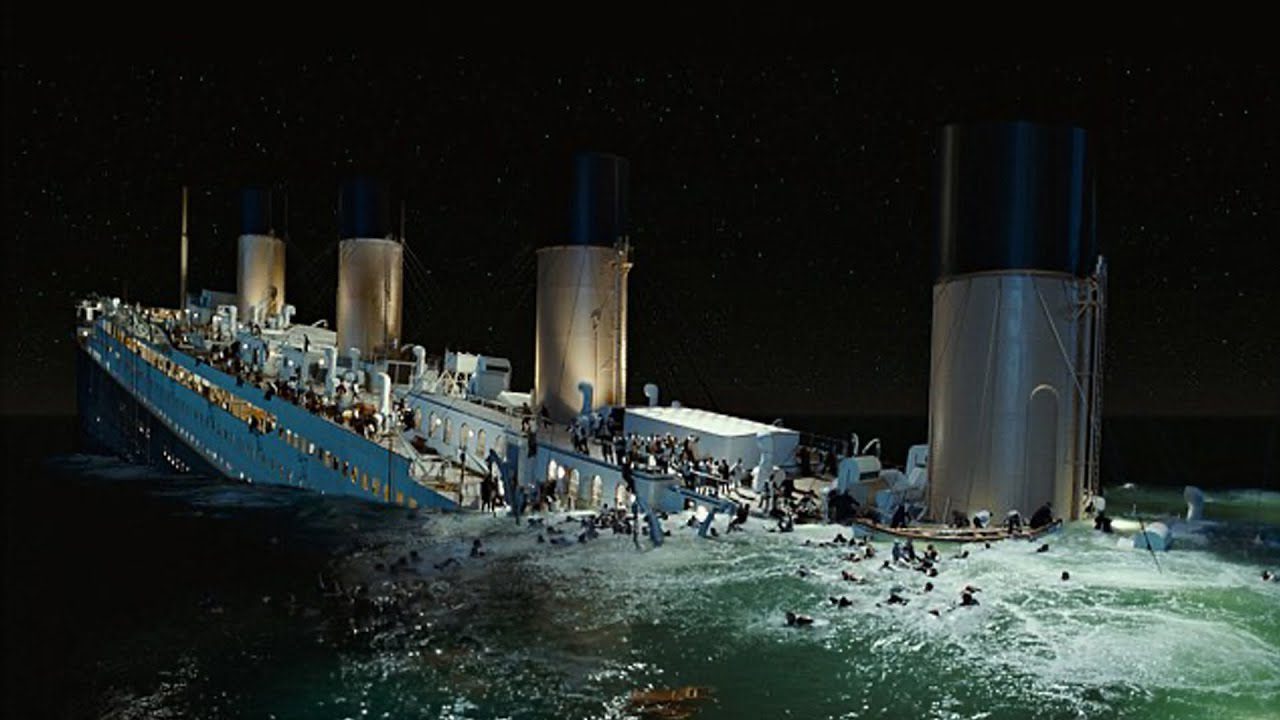Deep-sea exploration holds mysteries, not least of which is the enduring question: why did the Titanic’s wreckage maintain its mostly intact structure at the bottom of the ocean, while submersibles like the Titan succumb to implosions when they dive too deep?

The tragedies that follow these implosions, including the recent loss of five OceanGate occupants during an expedition to the Titanic’s ruins, have drawn renewed attention to this perplexing conundrum.
The chilling reality is that the occupants of a submersible like the Titan would have died instantly in a violent implosion, with their bodies likely “turned to dust” in less than a nanosecond, according to experts.
The destruction happens so swiftly that the human mind cannot even comprehend the event as it occurs.
This fatal encounter with nature’s immense power is not a new phenomenon. In 2017, the Argentine submarine San Juan also succumbed to an implosion, claiming the lives of all 44 crew members on board.
These repeated disasters continue to baffle the public, who struggle to understand why such a relatively small vessel like a submarine could implode, while the remains of a massive shipwreck like the Titanic can still be discovered in largely pristine condition.
The Science Behind Titanic’s Survival and Titan’s Implosion
The answer to this lies within the understanding of the difference in pressure inside and outside a vessel when submerged. When the hull of the Titan submarine collapsed, it led to a severe pressure imbalance, instigating a catastrophic implosion that annihilated the vessel and its occupants.
To explain the science behind such implosions, IFLScience consulted physics professor Arun Bansil. He shed light on the immense water pressure a submersible encounters deep in the ocean.
“When a submersible is deep in the ocean, it experiences the force on its surface due to water pressure. When this force becomes larger than the force hull can withstand, the vessel implodes violently,” Bansil elucidated.
Essentially, when the internal pressure of an object is lesser than its external pressure, the object could implode if it can no longer sustain the force.
Much Difference?
In the case of the Titanic, certain areas of the ship did indeed implode. According to IFLScience, the ship’s stern, the rear part, imploded when it descended about 60 meters (200 feet) below the water’s surface.
However, parts of the ship that did not implode and reached the ocean floor mostly undamaged did so because air was able to escape from them. This expulsion of air equalized the pressure inside and outside those pieces of the hull as they filled with water, thereby preventing an implosion.
In contrast, other areas where the air couldn’t fully escape were subjected to differing pressures and consequently imploded. As a result, while the bow, or the front of the Titanic, remains relatively recognizable among the debris, the stern is virtually obliterated.
In conclusion, while both the Titanic and the Titan faced the brute force of nature’s pressure, it was the unique circumstances of the Titanic’s sinking and its design that saved most of it from complete destruction, whereas the unfortunate Titan succumbed to a tragic implosion.